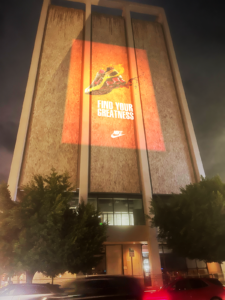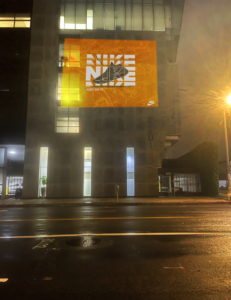When it comes to out of home (OOH) advertising, one question that often arises is whether every billboard or other OOH ad needs a call to action (CTA). While many advertisers use OOH for branding purposes and rely on creative visuals to tell a story, incorporating a CTA can be a smart move to encourage consumers to take a specific action. However, the decision to include a CTA ultimately depends on the campaign goals.
While some OOH campaigns may not require a CTA, including one can drive conversions and help measure the campaign’s success. OOH ads are known for their memorable and compelling visuals, with 55 percent of people reporting feeling “highly engaged” by a billboard over the past month. Therefore, if the campaign objective is to encourage consumers to take a specific action, such as visiting a store or making a purchase, including a CTA can increase the chances of success.
When it comes to the types of CTAs that can be used on OOH ads, there are several options to consider. These include QR codes, promo codes, website URLs, physical addresses for a store, phone numbers for a store or service center, and social media handles. Choosing the most effective CTA for the campaign depends on the target audience and campaign goals.
By setting up a dedicated site or using digital tracking of CTAs, you can easily calculate the return on investment and gauge the effectiveness of your campaign. QR codes are a great way to track response and drive traffic to your site, and they’re free, which means you get good insights without paying extra.
In addition to better tracking, there are other benefits to including a CTA in your out of home advertising. For one, it acts as a funnel for your audience, reducing confusion over what action to take. Without a clear CTA, consumers may remember your ad but feel uncertain about what to do next. By providing a clear next step, you simplify the consumer journey and increase the likelihood of conversion.
Including a CTA can also reduce decision fatigue, which is especially important in today’s world where people are constantly bombarded with information and decision-making. By telling consumers exactly what to do, you eliminate the need for them to make a decision, streamlining the process and making it more likely they’ll take action.
Finally, including a CTA provides an immediate connection to content, which can significantly increase conversion rates. People are more likely to take action when they feel a sense of urgency, and CTAs like QR codes and promo codes provide that sense of urgency by enticing consumers to act immediately. By including a CTA in your out of home ad, you can not only increase engagement but also drive conversions and ultimately see a greater return on investment.






